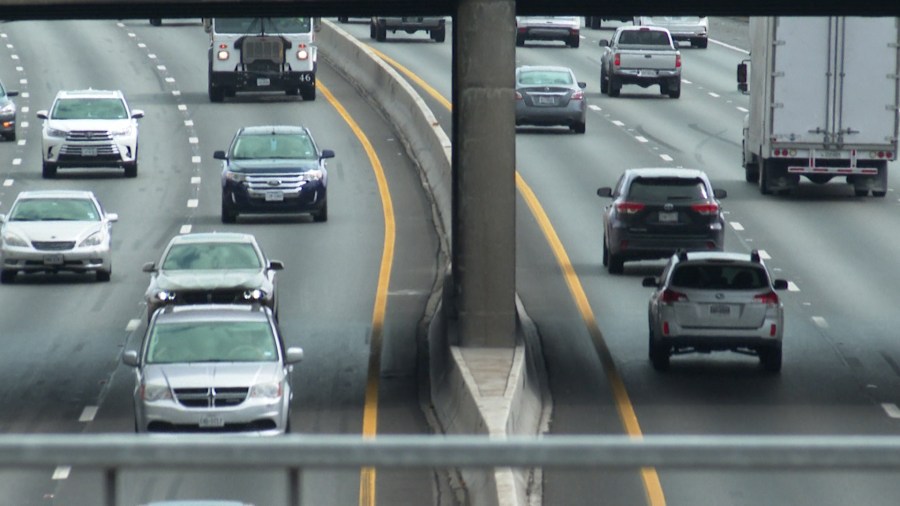Editor’s Note: The above video shows KXAN News’ top morning headlines from Thursday, Aug. 22, 2024.
AUSTIN (KXAN) — When the Texas Department of Transportation finishes work on its upcoming Interstate 35 Capital Express Central project, it’ll debut narrower lanes along the Austin highway.
The upcoming project will build 11-foot lanes, as opposed to 12-foot-wide ones. The change marks a deviation from more traditional TxDOT practices, with its online manual revealing the “minimum and usual mainlane width” is 12 feet.
It’s a design switch-up the state agency has tapped into more intentionally in recent roadway improvements, a TxDOT spokesperson told KXAN.
Eleven-foot-wide lane configurations include the express lanes on MoPac Expressway, as well as sections of lanes along U.S. Hwy. 183 between I-35 and Metric Boulevard.
It’s a practice federal transportation experts have employed as a means of to expand capacity and to reduce congestion. A June 2021 report from the U.S. Department of Transportation’s Federal Highway Administration (FHWA) found narrowing freeway lane widths from 12 feet to 10.5 feet can help alleviate freeway bottlenecks, while adding space needed to incorporate a new freeway lane to the road’s configuration.
“Speeds are typically lower when lanes are narrow because it is more difficult for drivers to
maintain their position within a lane,” the report read in part. “However, the hope is that the addition of a new lane will consistently increase overall capacity without producing unsafe driving conditions.”
However, a FHWA technical report tracking September 2014 to May 2016 metrics detailed safety impacts from narrowed lanes and shoulders. For projects done in Texas — including numerous locations in Dallas, Houston and San Antonio — the findings revealed an increase in fatal and serious injury crashes in segments with 11-foot lanes as opposed to 12-foot-wide ones.
“The increase in crash frequency ranges from 5 percent for 2-lane freeways, up to 12 percent for 5-lane freeways, the report read.
The 2021 report analyzing narrowed lanes noted agencies need to be mindful of potential negative circumstances that could impact throughput on narrower lanes, such as a higher concentration of wider or heavy vehicles or sharp curves. In Texas, the maximum widths allowed without a specialty permit include an eight-foot-wide passenger vehicle or 8.5-foot-wide non-passenger vehicles, per the Texas Department of Motor Vehicles.
